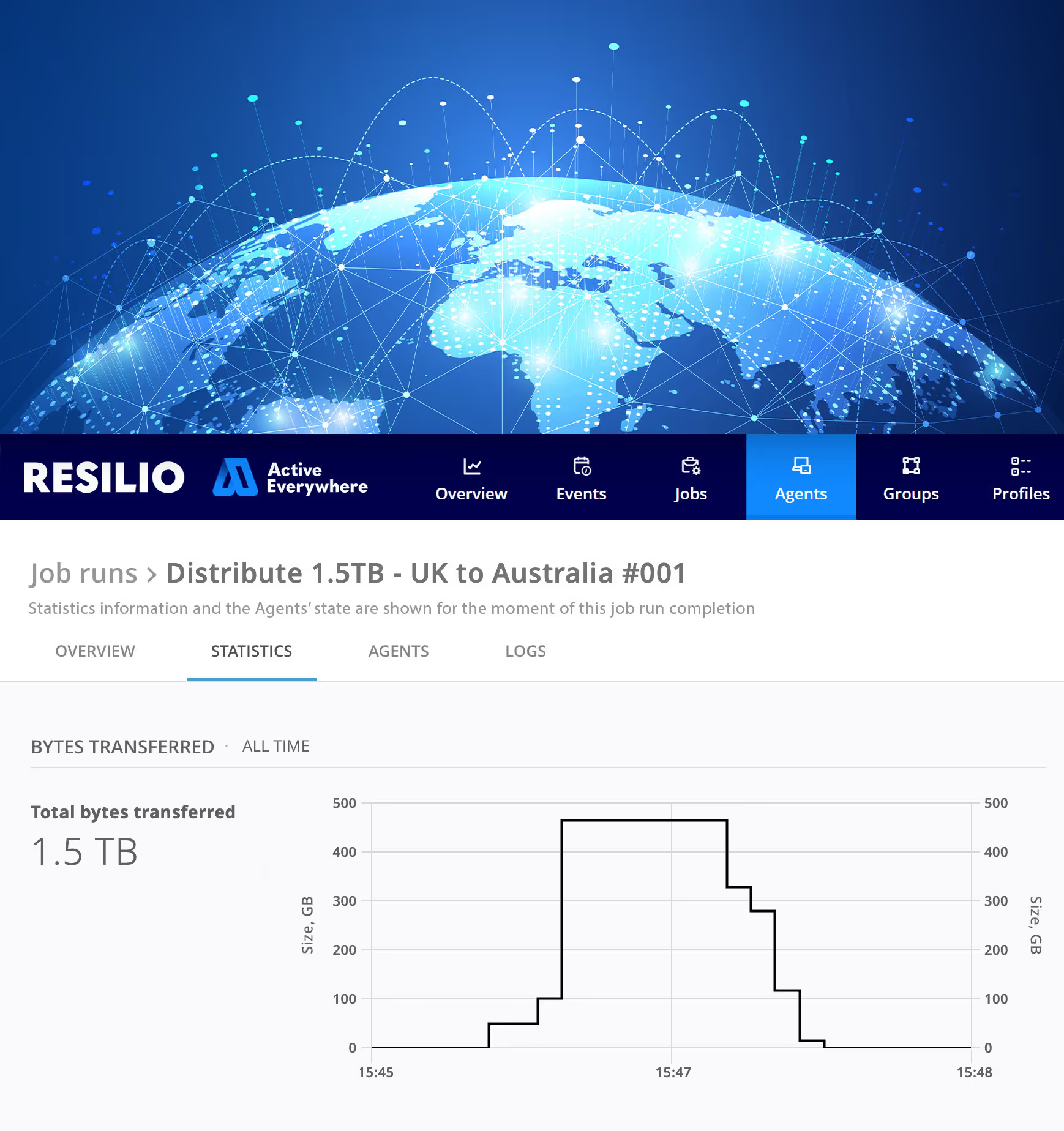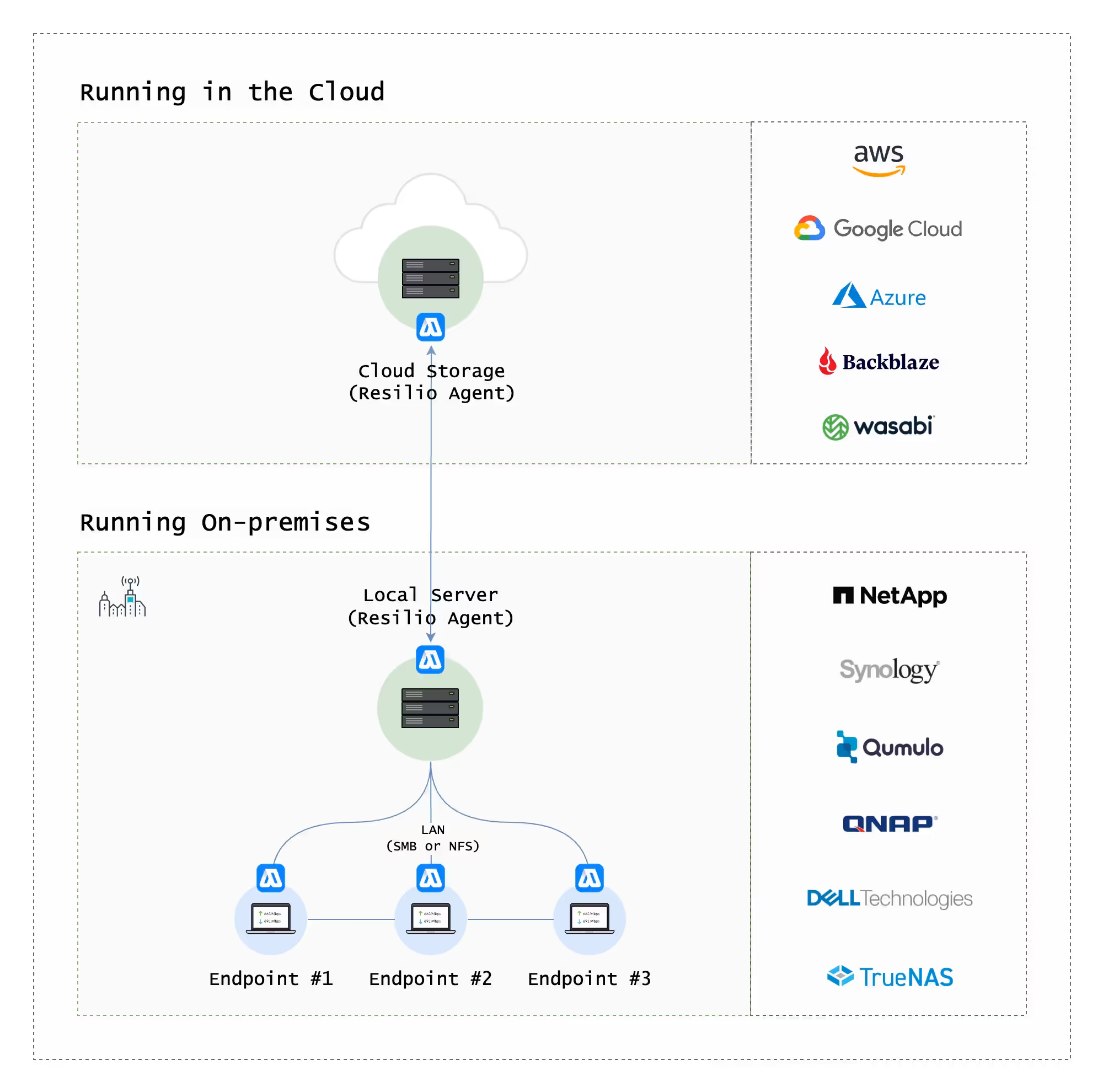IT Modernization: Why Clinging to Legacy Systems Is Holding You Back


Introduction
IT decision-making can feel like navigating a maze in the dark.
Instead of a single decision (left or right, cloud or on-premises data center), countless paths and infrastructure options present themselves. You fumble around, unsure which way is out. And even after you settle on a suite of tools, there’s still the labor-intensive process of migrating mission-critical applications to your new systems and ensuring your data remains accessible and integrated.
It’s a daunting exercise, so daunting that you may be tempted to forgo IT modernization entirely. Instead of working your way out of the maze, you lean even further into the legacy platforms you’ve come to rely on. You’re tired, and running out of resources, and the challenge ahead feels too big to solve.
But that way of thinking is a trap. In data-intensive industries, the opportunity cost of clinging to legacy systems far outweighs the difficulty of moving on from them. The key is knowing where to start.
Legacy infrastructure is a poor fit for hybrid data needs
As more organizations embrace hybrid work and expand their geographic footprints, the size and complexity of their data continue to multiply at scale.
Geographically diverse employees require instant access to data and applications across multiple time zones—and they need it with minimal oversight or fuss. As data complexity grows, the cracks in your legacy infrastructure start to show. Your data transfer system experiences network congestion and delays project timelines. Or maybe you experience a lag in file syncing between your on-premises and cloud-based storage platforms.
While these challenges may seem like minor inconveniences, they have a cumulative impact when left unchecked. They begin with reduced productivity and work quality as employees struggle to get their jobs done. Over time, the impact of these inefficiencies winds its way down to recruitment and retention. Employees feel frustrated because they’re weighed down by tools and processes that aren’t a fit for synchronous, hybrid workflows, and they begin looking elsewhere.
At the same time, employees may feel attached to the same legacy platforms that cause them headaches. Departments often build entire workflows and processes around a single tool, making its removal feel disruptive, even painful. However, transitioning away from these entrenched legacy platforms is the only way to address data pain points and move your organization’s IT stack forward.
Your organization needs IT modernization
Understanding the need to phase out legacy systems is one thing, but how can your organization begin to take action—especially with so many on-premises and cloud-based configurations to choose from?
IT modernization is the process of updating and improving an organization's information technology systems and practices. This can involve replacing outdated hardware and software, adopting new technologies, and streamlining operations. For example, a company might upgrade its legacy IT infrastructure by adopting cloud-based services to increase scalability and reduce costs.
It’s important to understand that IT modernization and digital transformation aren’t the same thing. Although they’re related, in many ways, IT modernization is a prerequisite—a strategy that enables your organization’s larger digital transformation initiatives.
With that in mind, IT modernization offers several important advantages:
Increased operational efficiency that automates routine tasks and optimizes workflows
Improved data management that enables more informed decision-making
Enhanced security measures that protect sensitive data and systems from cyber threats, safeguarding company and customer information
A streamlined roadmap to digital transformation, through emerging technologies like artificial intelligence (AI) and cloud computing
IT modernization also involves a new type of data infrastructure—one that moves away from outdated hub-and-spoke models that filter data through a single server. Instead, you’ll need to consider a peer-to-peer infrastructure that enables every node within the network to communicate with one another.
As you might expect, IT modernization looks different for every industry:
Retail: A retail company might implement an omnichannel strategy by integrating online and offline sales systems and utilizing data analytics for personalized marketing.
Healthcare: A healthcare provider may adopt electronic health records (EHR) systems and use AI to assist in diagnostics and patient management.
Financial services: A financial institution may implement AI-driven customer service chatbots and enhance data security with advanced cybersecurity measures.
But regardless of the specific approach, IT modernization is a necessity for all industries, especially those with highly complex data demands.

Try a GFS Solution Built for Scale
See the difference a distributed global file system approach makes for reliability, speed, and reducing egress costs with massive data movement.

Distributed infrastructure is at the core of IT modernization
For many organizations, IT modernization is synonymous with migrating to the cloud. However, IT modernization isn’t always that simple.
For starters, many industries (especially in the public sector) face serious obstacles to embracing the cloud for security, privacy, and liability reasons. And while IT modernization is clearly worthwhile, some companies lack the capital to transition to the cloud effectively, or at least all at once.
Fortunately, IT modernization encompasses various strategies for upgrading and enhancing your organization's technology infrastructure, and it’s important to understand the nuances of each approach.
Cloud Migration: Cloud migration is the process of moving an organization's digital assets, services, databases, IT resources, and applications into the cloud. The primary goal is to enhance scalability, flexibility, and reduce costs associated with maintaining on-premises systems. Cloud migration offers the advantage of accessing resources on-demand, and often leads to increased efficiency and innovation.
Hybrid Cloud: A hybrid cloud strategy combines on-premises data centers with public and private cloud services, allowing organizations to enjoy the benefits of both environments. This approach provides greater flexibility and allows data and applications to move seamlessly between on-premises and cloud environments. It is particularly beneficial for businesses that need to maintain certain critical workloads in-house due to regulatory or security concerns, while still taking advantage of cloud scalability.
Multicloud: Multicloud refers to the use of multiple cloud computing and storage services within a single architecture. This strategy involves using services and solutions from different cloud providers to avoid dependency on a single vendor and optimize performance. Multicloud allows organizations to select the best services for their specific needs from multiple providers, improving redundancy, minimizing downtime risk, and enhancing the resilience of the IT infrastructure.
A hybrid approach offers a more sustainable modernization roadmap for most organizations. A hybrid lift prioritizes interconnectivity between on-premises and cloud data centers, not division.

As an IT leader, ask yourself how you can create a hybrid infrastructure that allows your company to share workloads across the cloud, data centers, and edge. Often, the best way to avoid data bottlenecks is to transition to a more distributed infrastructure.
This doesn’t mean scrapping your existing infrastructure entirely. Rather, it means layering data services on top of your existing systems to reduce the strain on legacy systems. A multi-layered approach helps support real-time synchronization and prevents data from becoming siloed between new and legacy platforms.
Throughout this evaluation process, it’s important to acknowledge the ever-changing nature of IT modernization. For example, a cloud platform that fits your budget this year may need to be phased out or scaled down next year. This kind of evolution isn’t due to poor planning—it's a natural result of changes in your business and shifts in your vendors' pricing. So, it’s important to prioritize adaptability in your modernization approach wherever possible.
To recap, consider the following three initiatives as you get started in your IT modernization journey:
Embrace flexibility in your product mix
Strike a balance between cloud-based and on-prem technologies
Prioritize the ability to share workloads across cloud, core, and edge
Embrace flexibility and let go of your legacy IT systems
The key to achieving stability in a hybrid IT system, and making progress in the company’s overall digital transformation, is to design it for flexibility, treating adjustments as inevitable.
This is where hybrid infrastructure and data synchronization prove essential. When you realize it’s time to transition away from a legacy system, the last thing you need is to worry about siloed or incomplete data delaying timelines. Instead, you need quick, frictionless action that helps your company remain focused on the work at hand, not the migration itself.
Clinging to legacy systems and taking a narrow approach to IT modernization limits your flexibility in the long run. Conversely, a true hybrid approach prioritizes flexibility and can serve as the basis for all your IT decision-making.
It’s time to escape the maze. What’s your plan?
About the author


I am on a mission to help enterprise IT infrastructure teams get active everywhere with Resilio. As CMO at Resilio, I support the business with twenty years of enterprise marketing experience including Avid video editing and media workflow management products, LucidLink cloud file storage solutions, and CloudCheckr cloud management by NetApp.
Featured Resources

Active Everywhere for Hybrid Cloud
One platform for centralized cloud storage with fast local access and built-in data protection.

Global Construction Company
A North American Engineering and Construction Leader Improved VDI User Experience with Resilio Platform and Hybrid Cloud

Global Data Protection Company
Enabling bidirectional sync of all user profiles, user data, and applications across sites for DFS and VMware Horizon Dynamic Environment Manager (DEM).
